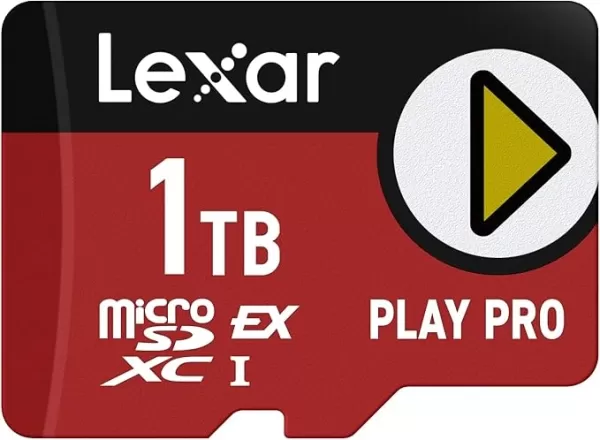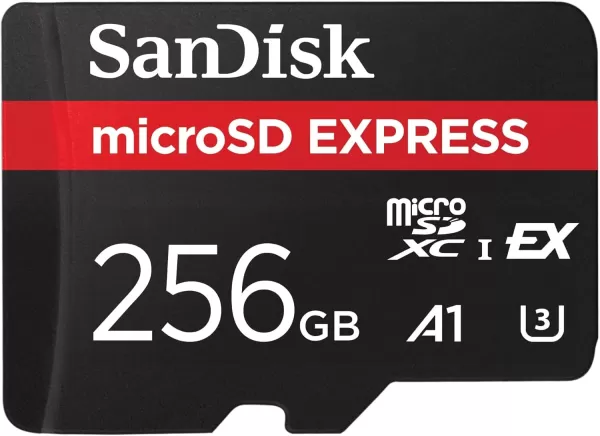Stunning puppet-style visuals and expansive ocean exploration Strategic turn-based battles and customizable vessels Over 300 unique characters to encounter Following a mysterious teas
Author: PenelopeReading:1
Last week, Nintendo unveiled the Nintendo Switch 2, sparking excitement and curiosity among gamers. A notable feature of the new console is its exclusive support for MicroSD Express cards for expansion, which might be inconvenient for those with existing MicroSD card collections. However, this decision is rooted in the significantly superior speed of MicroSD Express cards, which can match the performance of the console's UFS (Universal Flash Storage) internal memory. This compatibility ensures that games stored on the expansion card can theoretically load as swiftly as those stored internally, enhancing the overall gaming experience at the expense of compatibility with older, slower MicroSD cards.
The evolution of MicroSD cards has seen a progression through six different speed ratings, starting from the original SD card speed of 12.5MB/s to the latest SD UHS III at 312MB/s. The introduction of the SD Express standard by the SD Association about five years ago marked a significant leap in performance. The key differentiator of SD Express is its use of a PCIe 3.1 interface, a technology also used by high-speed NVMe SSDs, enabling data transfer speeds up to 3,940MB/s for full-sized SD Express cards. While MicroSD Express cards don't reach these peak speeds, they still offer impressive performance, topping out at 985MB/s—three times faster than the fastest non-Express MicroSD cards.
Although Nintendo typically keeps its hardware strategy under wraps, the requirement for MicroSD Express cards on the Switch 2 can be attributed to the need for enhanced speed. This is crucial as it allows games to load faster from an external card, aligning with the performance of the console's upgraded UFS internal storage. Early demonstrations have shown significant improvements in load times, ranging from a 35% reduction during fast travel in games like Breath of the Wild to a three-fold increase in initial load times, as reported by Polygon and Digital Foundry respectively. These improvements may be due to both the faster storage and the enhanced CPU and GPU capabilities of the Switch 2. By mandating MicroSD Express, Nintendo ensures that future games requiring high-speed storage are not bottlenecked by slower external media.
Moreover, this move paves the way for even faster storage solutions in the future. The current top speed for SD cards under the SD 8.0 Specification is 3,942MB/s for full-sized SD Express cards, and while MicroSD Express cards can't match this speed yet, they are poised to do so as technology advances.
Despite their advantages, MicroSD Express cards have been slow to gain traction. With the upcoming launch of the Nintendo Switch 2, this is expected to change. Currently, options are limited. For instance, Lexar offers a single MicroSD Express card in capacities of 256GB, 512GB, and 1TB, with the 1TB model priced at $199. Similarly, SanDisk's only offering is a 256GB MicroSD Express card, matching the internal storage of the Switch 2. As the console hits the market, we can anticipate a broader range of options, particularly from major players like Samsung, which should help meet the growing demand for higher-capacity storage solutions.
 Lexar Play Pro MicroSD ExpressSee it at Amazon
Lexar Play Pro MicroSD ExpressSee it at Amazon
 SanDisk MicroSD Express 256GBSee it at Amazon
SanDisk MicroSD Express 256GBSee it at Amazon
 LATEST ARTICLES
LATEST ARTICLES 07
2025-11
07
2025-11